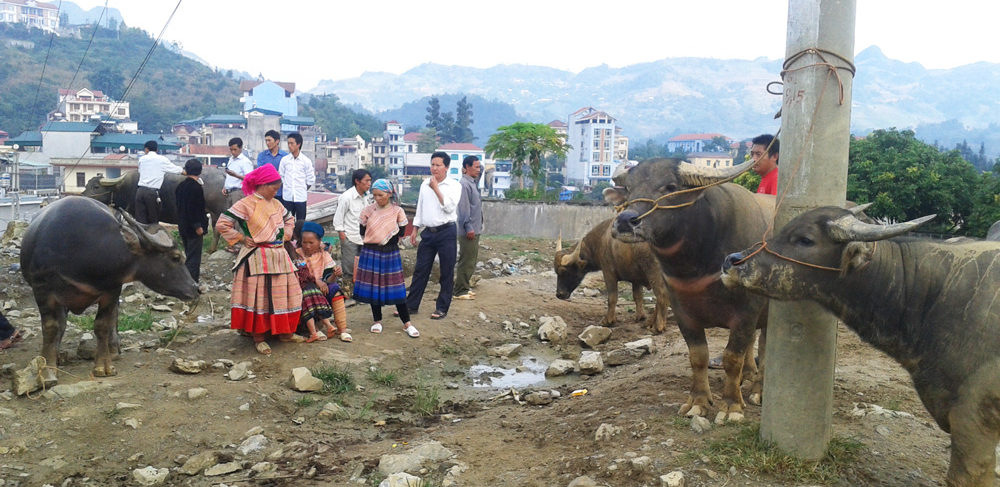Growing cities are facing huge challenges when it comes to food supplies. In this context, delivering enough of safe and highly nutritional livestock-derived foods in a sustainable manner deserves special attention.
As cities continue to expand, rural livestock holding areas gradually become peri-urban and eventually integrate into the urban landscape. At the Rethinking Development 2018 Conference in Gothenburg, Sweden an international panel of researchers discussed the challenges this transition poses for the urbanizing landscapes.
According to Ulf Magnusson (SLU), when people move to cities they often bring their own livestock with them. Livestock provides families with milk, eggs and meat – high in nutrition food sources, particularly important in a low-income setting, where malnutrition is common.
However, raring livestock in cities can pose serious health risks. As shown in the study by Johanna Lindahl (SLU) conducted in Hanoi, Vietnam there is higher presence of infectious disease among the residents of areas where people keep pigs. Bacteria also spread faster in crowded places, and urban sprawl is perfect for that. Diseases, such as Japanese encephalitis, transmitted through mosquitos, were linked to these areas and the infectious pigs.
Additionally, there is little farming standards and enforcement in urban livestock farming, which is a risk on its own. For instance, samples taken from urban pigs in Phnom Phen, Cambodia show multi-drug resistance (resistance to 3 different antibiotics). Researchers assume the resistance is fueled by the fact that people in cities have easier access to antibiotics and use the drugs as a preventive measure to keep their livestock safe.
In general, urban livestock could play an important role for food security, providing high-quality nutrients on a hyper local scale. However, this emerging farming area needs better health and environmental standards and their enforcement. Without these conditions livestock can pose significant risks to public health by transmission of pathogens and environmental contamination.
At the same time, urban and peri-urban livestock farming provides an opportunity to reduce climate impacts by bringing production closer to consumption and this way reducing transportation emissions and costs. Furthermore, urban animals also have a socio-economic role to play by bringing families and communities together. Livestock rearing creates jobs and generates income in otherwise unproductive spaces, providing people with a strong feeling of having their food security in their own hands. Such buffer zones can make city food systems more resilient, creating local markets.
All in all, the issue of urban livestock carries multiple benefits and shortcomings, and the discussion about whether it is justified to keep livestock within a city or not is still open. You can get in touch with researchers via the means of our network or start the discussion on your own.
This article is inspired by the discussions at the “The Opportunities and Challenges in Urban and Peri-urban Agriculture and the Role for Science-based Policies and Practices” session at the Development Research Conference: Rethinking Development 2018, in Gothenburg, Sweden.
